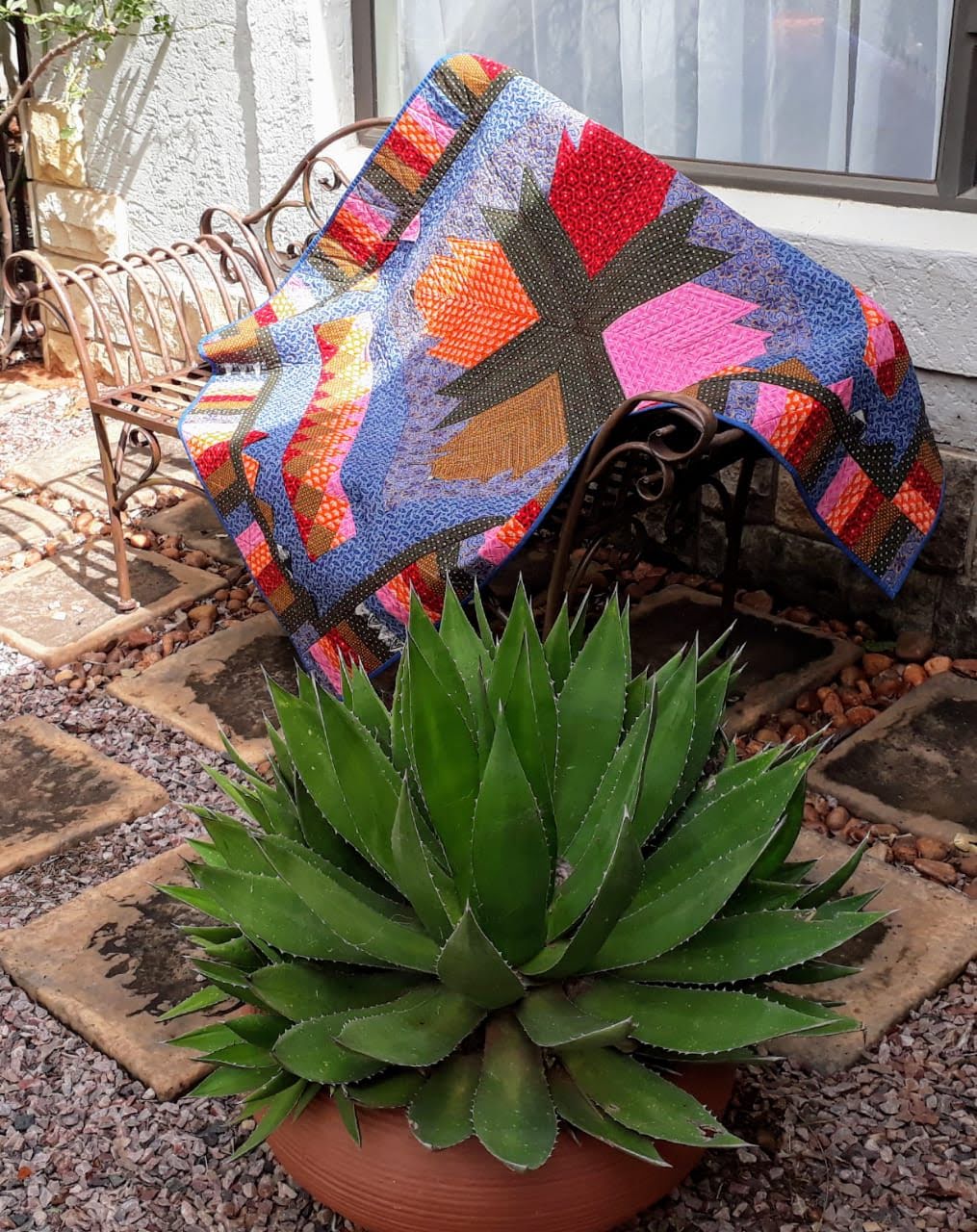

Therefore, somebody potentially could memorize the sequence of the letters. In the past, eye charts were printed on paper, and the letters remained in the same order. In most cases, the first number stays at 20, while the second number can vary. The second number (such as 20) indicates the distance where someone with normal eyesight can read the same line that you read correctly.

The first number when measuring visual acuity (such as 20) refers to the distance in feet that you stand from the chart, according to the American Academy of Ophthalmology.
#WOODLANDS 2020 VISION PROFESSIONAL#
An eye care professional tests each eye’s vision without eyeglasses or contact lenses.

Row by row, the number of letters increases while the size of the letters gradually decreases. Most optometrists and ophthalmologists use what’s known as the Snellen chart, dating back to 1862.Įleven rows of capital letters usually appear on the Snellen chart. “It doesn’t speak to quality of vision, which is one of the things that people get confused about - quality versus quantity,” Wilkinson says.įor example, the 20/20 measurement gauges the quantity of your vision (the ability to recognize letters on an eye chart), while a contrast sensitivity test determines the quality (how well you’re able to discern between light and dark, or contrast).Įye care professionals traditionally test for 20/20 vision by having you look at letters on an eye chart. Mark Wilkinson, clinical professor of ophthalmology and visual sciences at the University of Iowa Carver College of Medicine. The 20/20 mark is “simply a point of reference,” says Dr. Other factors, such as peripheral vision and depth perception, go into determining whether your vision is ideal. There’s “more to eye care than 20/20 vision,” says Barbara Horn, president of the American Optometric Association. While 20/20 vision is normal, it is not perfect vision. But if you have 20/100 vision, you must be as close as 20 feet to see what a person with normal vision can see at a 100-foot distance. So, if you have 20/20 vision, you can see clearly at 20 feet what typically should be seen at that distance. The American Optometric Association explains that 20/20 vision refers to someone’s visual acuity - the clarity or sharpness of vision - measured at a distance of 20 feet without vision correction (such as eyeglasses or contact lenses). Is 20/20 really “normal, good vision”? Technically, yes.

So, in this year focused on good vision, let’s answer some common questions about 20/20 vision, other levels of visual acuity and how less-than-good vision can be corrected to 20/20. "Even though it is not the very best visual acuity, it is the standard most people use when referring to good vision,” he adds.
#WOODLANDS 2020 VISION HOW TO#
“The Awards have always had a wide geographical reach, as well as reflecting the huge variety of excellent woods and forests in Scotland and I’m sure that 2020 will be no exception,” Angela Douglas added.What better year than 2020 to focus on 20/20 vision, the importance of regular eye exams and how to maintain overall eye health?Īs Burt Dubow, OD, FAA, an All About Vision editorial advisory board member whose cellphone's last four digits are 2020, says, “2020 is an iconic number for all eye folks. The 2019 winners stretched from Michaelswood Public Amenity in Aith, Shetland (winner of the Small Community Woodland Group Award) to Beirhope, near Kelso, in the Scottish Borders - winner of the New Commercial Woodlands Awards. The challenge is to find more wonderful winners to celebrate the 35th anniversary of the Awards in 2020.” We were delighted to celebrate that by honouring a range of brilliant winners, from a nursery school helping children discover the wonder of trees to experienced professionals for managing a large forest over several generations.
#WOODLANDS 2020 VISION FULL#
Scotland’s Finest Woods Awards 2020 - supported by Confor - celebrates the programme’s 35th anniversary and builds on its biggest-ever year in 2019, when Fort Augustus Woodlands won the one-off 1919 Forestry Act Centenary Award.Īngela Douglas, Executive Director of Scotland’s Finest Woods Awards, said: “2019 was a hugely significant year for trees in Scotland, with planting targets surpassed, full devolution of forestry policy and the centenary of the 1919 Act. The annual search to find Scotland’s finest forests and most wonderful woods has begun. A 2020 Vision: To find Scotland's finest forests and woodlands - Confor


 0 kommentar(er)
0 kommentar(er)
